
Economic & efficient feeding regimen for horses
In times of increased costs on all fronts, we want to provide 3 tips to optimize the effectiveness of your horse's feed ration. When you feed your horse, you want to see results and notice a difference. Dull coats should become glossy, hooves should become strong, and energy and performance should improve. That's what drives us at Minerals by Nordic. Therefore, we offer feed of the highest quality, without unnecessary additives and fillers, so that your horse gets the best possible effect from what it eats.
TIP 1 - DOSAGE
Review the ingredient list of what you feed; is it mostly fillers or actual content that benefits your horse? You can also calculate the cost per day to feed; a supplement that seems cheap may have a high dosage, making the daily dosage price not so cheap in the end. Take the amount of the daily dose in grams and divide it by the total weight of the package in grams to find out how many doses the product provides.
TIP 2 - EASILY ACCESSIBLE NUTRITION
Choosing products with the right type of nutrition that are easy to absorb and utilize can make a big difference in the results of what you feed. A clear example of this is illustrated by the horse below. A Swedish Warmblood mare, 8 years old, regularly trained in dressage. The before picture was taken in July 2021 when she was on a feed ration consisting of grain muesli, mash, hay fiber, and synthetic minerals. At that time, a complete change was made to the entire feed ration, and it was also shown that the horse had a lot of problems with chewing and hooks in the mouth, which partly limited the desire to chew roughage. The teeth were corrected, and she was allowed to eat as much roughage as she could. In addition, the focus was on getting the stomach to function optimally to absorb nutrition. Activ Mineral was added for an organically accessible form of minerals and trace elements, as well as all 20 amino acids. Amino acids are very important for all body functions, including the stomach and intestines. Inflaboost DHA was fed to add omega-3, which has anti-inflammatory properties; imbalance can occur from grains that contain more omega-6 fatty acids. Inflaboost also provides good support for stomach and absorption capacity. Eventually, MG Control was also added for the muscles, and Wheat Germ Oil for vitamins A, D & E during the winter months when grazing was not available. Along with the supplements, she was given Hövelers Pur.Mash daily, 3 dl plus water, and then 1 kg of Hövelers Höpellets soaked per day.
The result: Fantastic condition, calmer and more even energy, and in regular checks and analyses of nutrients - without deficiencies or other remarks! The photo was taken in February 2022, about 7 months after the feed change. Patience and good sources of nutrients are a hot tip. We meet many horse owners who have protein needs far above recommendations covered in feeding programs with various sources such as potato protein, rice, and soy, yet still a horse that does not improve in condition. Therefore, we want to emphasize the choice of nutrient source.
Before photo taken in July 2021, after photo taken in February 2022. In July, the entire feed regimen was switched from grains and beet fiber to grain-free.
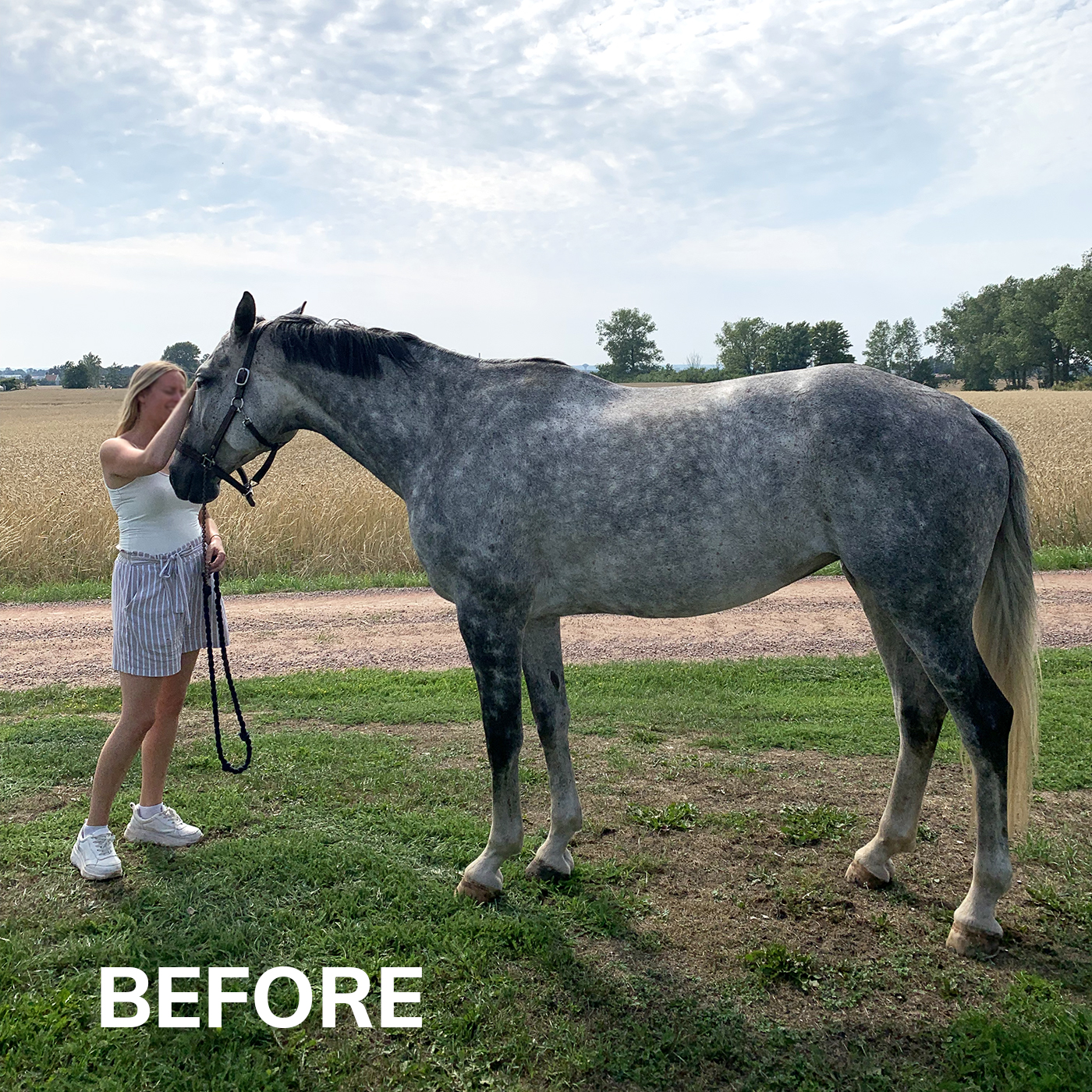
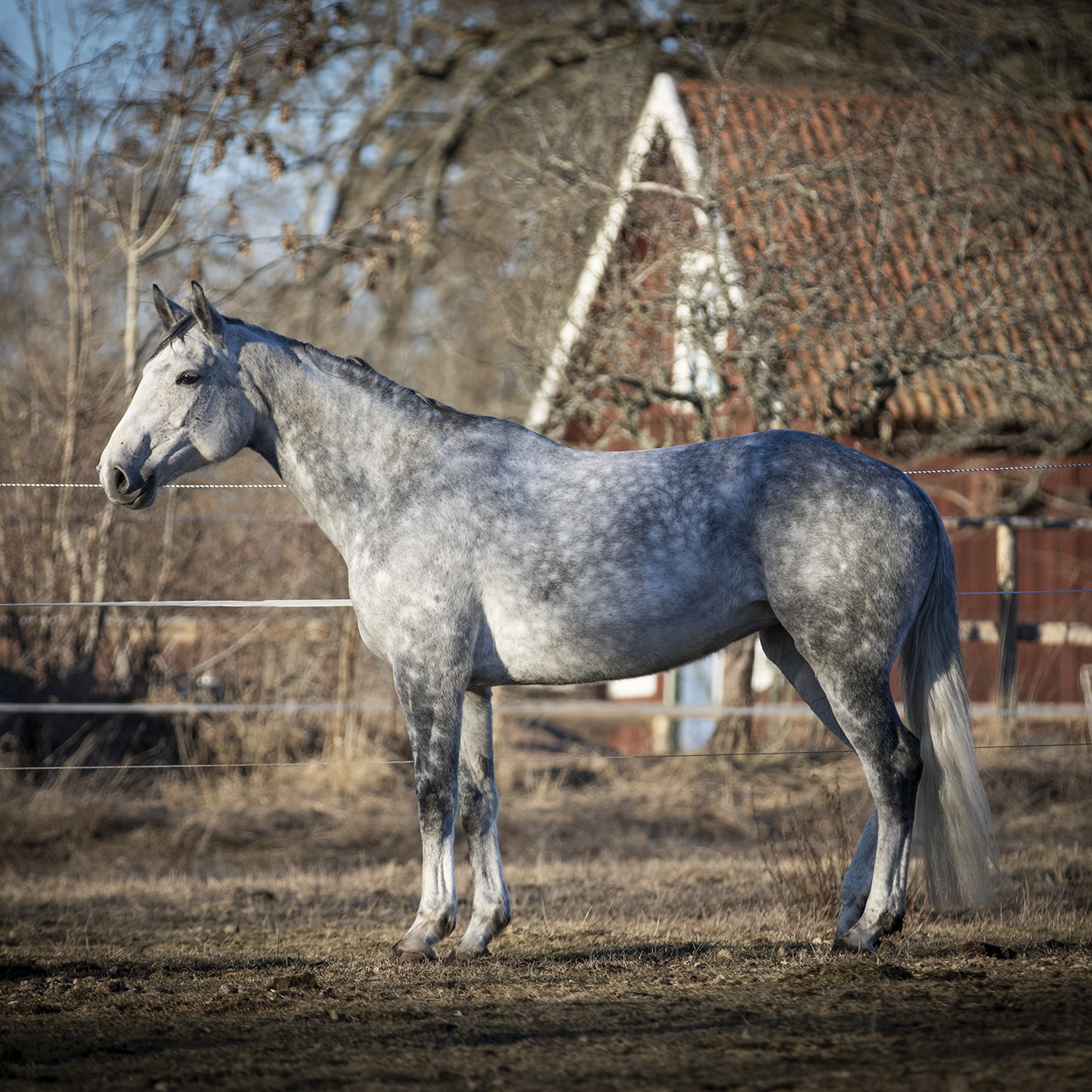
Be sure to analyze what you buy! Having nutrients in the roughage is crucial so you can base your feed plan on the majority of the energy and protein being covered by the roughage. Here you can save a lot of money by being able to reduce the amount of concentrated feed. Roughage is also the most accessible, easily digestible, and natural source of nutrition for the horse. Don't forget to check that the roughage is not moldy or of poor quality that could harm the horse's health. Ask the supplier about the types of grass in their roughage. Ideally, horse feed should contain at least four different types of grass. Unlike cows, horses should have a smaller amount of clover. Have an open dialogue about the type of feed the supplier can provide and whether they plan to reseed the fields.
TIP 4 - CHOOSE MINERALS AND SUPPLEMENTS WITH CARE
Depending on the nutritional value of the roughage, the environment the horse is in, and other characteristics of the horse, certain supplements may need to be given. Roughage with adjusted nutrient content that is supplemented with minerals and possibly other supplements is often sufficient to meet the horse's needs. For example, if you feed your horse bagged roughage with little or no concentrated feed, it's good to add vitamins A-D-E found in wheat germ oil. Only a small dose is needed, and wheat germ oil does not add extra energy, so it can be given to all types of horses. Another good supplement to give is the omega-3 fatty acid DHA from microalgae found in Inflaboost DHA. DHA from microalgae has been shown in research to have benefits for horses, for example in insulin resistance, inflammation, circulation, and brain learning ability.
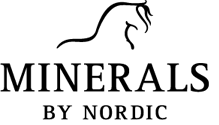
 SWE
SWE
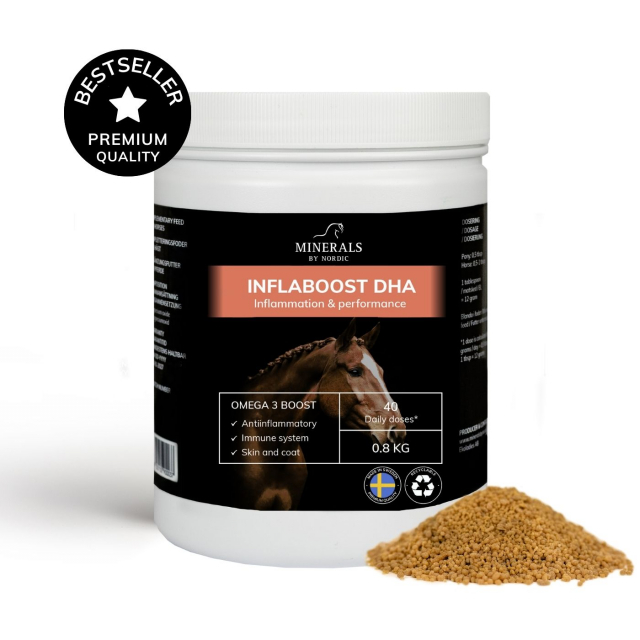
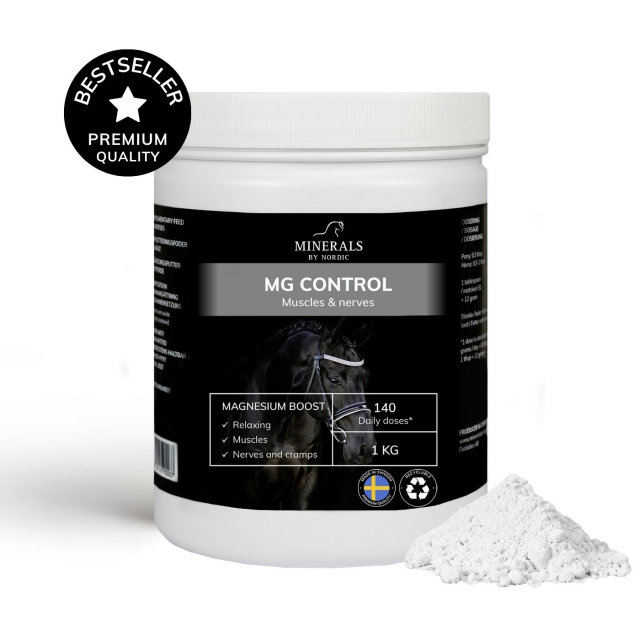
 ENG
ENG NO
NO AX
AX DE
DE